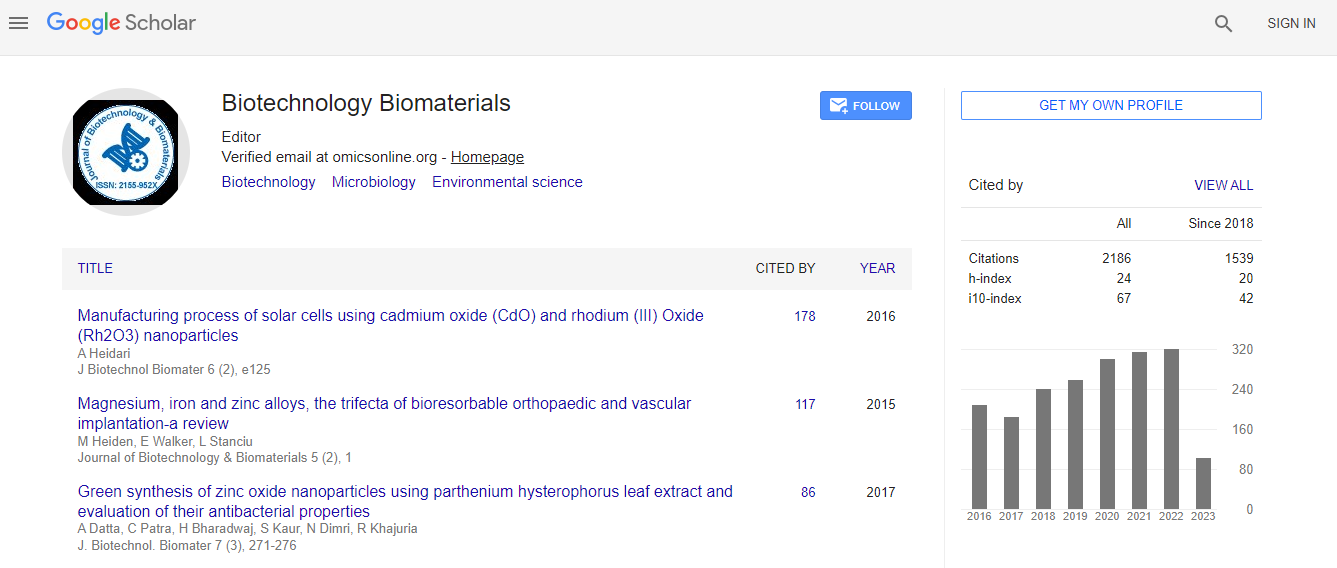Research Article
Investigation of Biodiesel Potential of Biomasses of Microalgaes Chlorella, Spirulina and Tetraselmis by NMR and GC-MS Techniques
Sarpal AS1*, Ingrid CR Costa1, Claudia MLL Teixeira2, Diego Filocomo2, Renata Candido2, Paulo RM Silva1, Valnei S. Cunha1 and Romeu J. Daroda11Instituto Nacional de Metrologia, Qualidade e Tecnologia– INMETRO. Avenida Nossa Senhora das Graças 50, Xerém, Duque de Caxias, RJ, Brazil
2Instituto Nacional de Tecnologia (INT), RJ, Brazil
- Corresponding Author:
- Sarpal AS
Instituto Nacional de Metrologia
Qualidade e Tecnologia– INMETRO
Avenida Nossa Senhora das Graças 50
Xerém, Duque de Caxias, RJ, Brazil
Tel: 0919899443336
E-mail: sarpal.as2@gmail.com
Received date: January 06, 2016; Accepted date: February 26, 2016; Published date: March 08, 2016
Citation: Sarpal AS, Costa ICR, Teixeira CMLL, Filocomo D, Candido R, et al. (2016) Investigation of Biodiesel Potential of Biomasses of Microalgaes Chlorella, Spirulina and Tetraselmis by NMR and GC-MS Techniques. J Biotechnol Biomater 6:220. doi:10.4172/2155-952X.1000220
Copyright: © 2016 Sarpal AS, et al. This is an open-access article distributed under the terms of the Creative Commons Attribution License, which permits unrestricted use, distribution, and reproduction in any medium, provided the original author and source are credited.
Abstract
The detailed component analyses of algal oils such as neutral (mono, di and triglycerides; free fatty acids) and polar (glyceroglyco/phospho) lipids, and their fatty acid profile including poly unsaturated fatty acids (PUFAs) (C18:3, C22:6) have been carried out by NMR (1H, 13C) and GC-MS techniques to explore their biodiesel potential. The algal oils were obtained by ultrasonic solvent extraction of microalgae biomasses cultivated on a lab scale. The results revealed that biomass and neutral lipids productivity as well as quality and composition of saturated and unsaturated fatty acid were influenced by media (modified RM6, F/2, WC), microalgae species/strains (Chlorella vulgaris, Spirulina platensi and Tetraselmis affchuii) and shape of the cultivated system (Erlenmeyer flask, polythene tubular or round container). The replacement of source of N and P with cheaper source of fertilizers (super phosphates + Chillean salt peter) in the cultivation media F/2 and WC has not affected the neutral lipid productivity, rather produced FAMEs with lower amount of Docosahexaenoic acid (DHA). The biomass cultivated in the modified RM6 media by Spirulina platensi is comprised of lower amount of unsaturated fatty esters without DHA (42.9% w/w) (PUFA as Ãâ°Ã¤-linoleic) compared to other biomasses (61.2-69.8 %w/w), thus quite suitable for production of biodiesel with higher oxidation stability and higher cetane number. The algal oils generated from the biomasses in the cultivation system are promising feed stocks for biodiesel and value added products DHA and α, γ -linolenic acids. The developed fast and cost effective analytical strategy based on 1H NMR techniques will facilitate algae cultivators for screening of species and optimization of cultivation parameters to produce a choice of product, thus contribute partly in the overall reduction in the cost of production of biodiesel.

 Spanish
Spanish  Chinese
Chinese  Russian
Russian  German
German  French
French  Japanese
Japanese  Portuguese
Portuguese  Hindi
Hindi 
